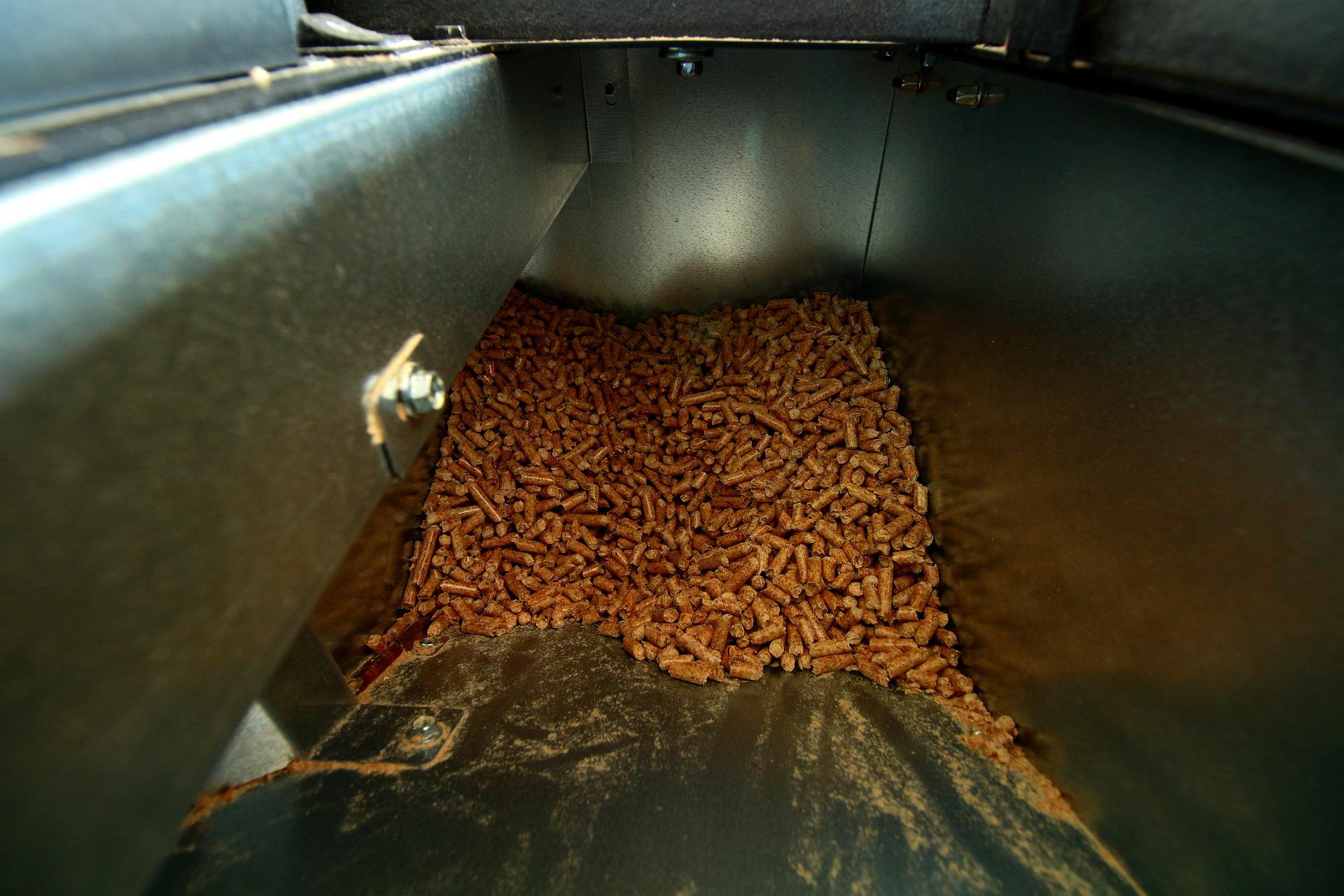Wood pellets, being the most popular form of particle biofuel and are generated mostly from solid wastes such as dry dust, wood chips, and solid effluent, have impacted greatly in the fuel industry.
Some people are looking for pellet machine for sale because they are frequently employed as a new form of fuel. In many nations and everyday lives they bring the significant benefits:
- Variety of raw materials: Traditionally, logs have been thought of as a conventional fuel source. Wood pellets, unlike logs, may be manufactured from any bioresource, such as sawdust.
- Environment-friendly: Pellets contain reduced moisture and thus are heavier than wood after various industrial processes. It guarantees that when wood pellets are burned, they emit fewer greenhouse gases into the atmosphere compared to burning logs. Pellets, in other words, create less ash and soot.
- Low-cost: When compared to other fuel sources, wood pellets are somewhat cheaper than wood, sawdust, and so on. Alternative fuel sources, including oil, fossil fuels, or electricity, are substantially more expensive.
The biofuel densifying sector frequently uses small pellet mills. It is probably comparable to the flat die pellet in the industry. It is mostly for domestic usages, such as heating or livestock feed, and to improve things.
For instance, when it comes to in-house heating systems, you may design your own and pellet your woodchips. Furthermore, alternative apertures or molds may be chosen due to their own needs to manufacture different feed pellets for different breeds.
Obtaining and modifying raw materials is the first stage
The volume of waste (sawdust, wood shavings, etc.), agricultural waste (wheat from plants, corn stalks, and cobs, etc.), yard garbage (grass, leaves, tree branches, etc.), and other bioenergy materials are examples of raw materials.
Prior to actually putting the crude ingredients into the pellet mill, you should know that they can’t be greater than 1 inch (2.5cm). Thus a crushing machine should be used to reduce the length and keep it as tiny as achievable. The physical properties are influenced by the size of the pores in the filter, which can vary.
Hammer mills have been the most preferred choice in pellet manufacturing facilities due to the wide range of screens available to create diverse particle sizes.
Pelletizing is the next stage
With the help of rollers, the dry components will be driven through the die opening of a tiny pellet mill. Various types of motors, such as fuel cells, internal combustion engines, gasoline engines, and PTOs, are accessible to manufacture the finest pellets.
Packing is the third stage
Pine shavings will be put into containers after the procedure for additional security and transit.
Conclusion
The wood pellet business has a bright future ahead of it because there is still a large demand for them throughout the globe. They are environmentally friendlier than typical fuel choices. So it’s no doubt that wood pellets will play a significant role in the advancement of environmental preservation.
